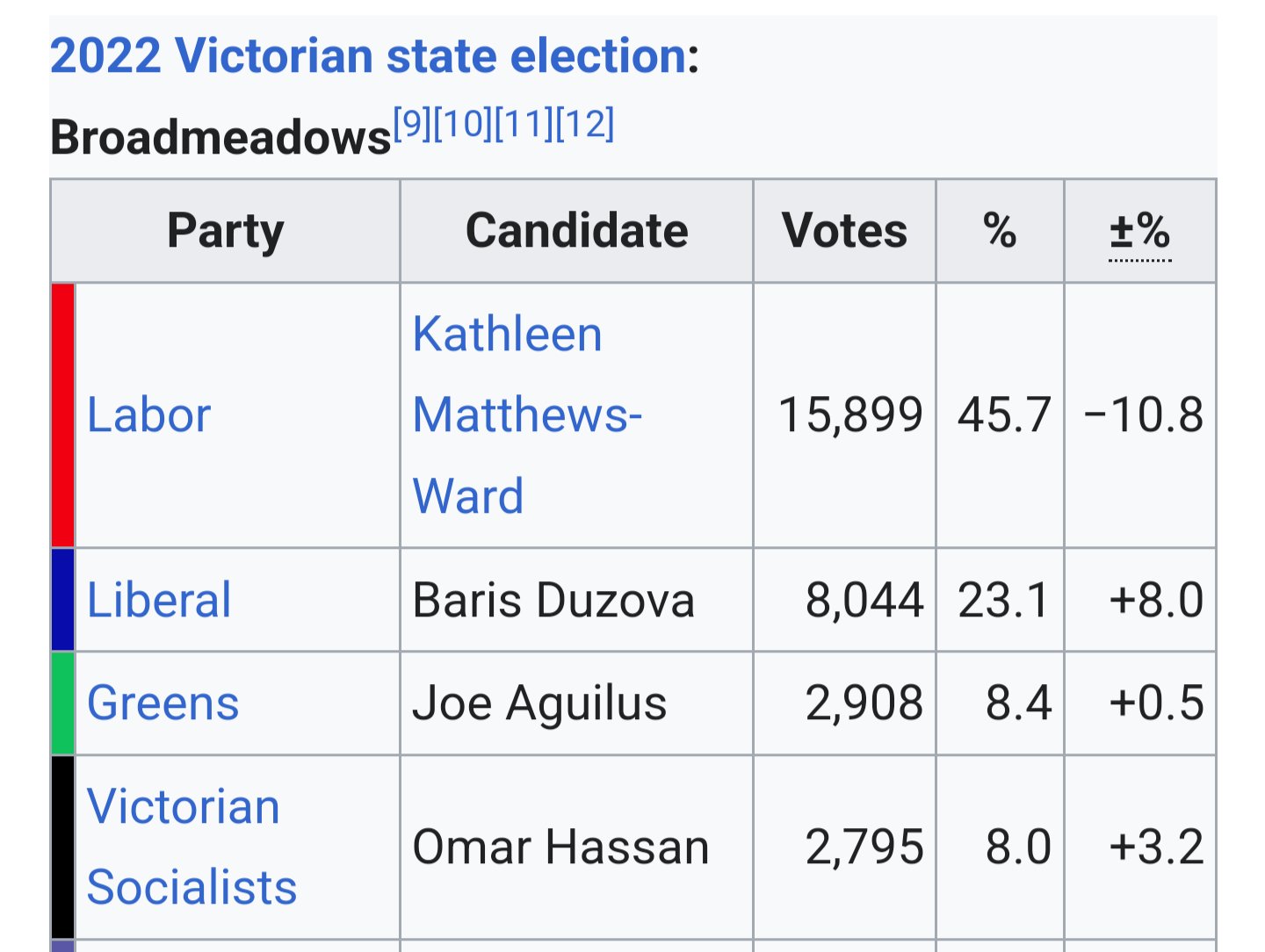The Victorian government has quietly squirrelled away more than $75 billion in the budget to splurge on infrastructure and government agencies, without telling taxpayers what the borrowed money will be used for.
Former government finance officials described the mammoth contingency reserve as unusual, not transparent and worried that it could be used as a political slush fund.
The yet-to-be-detailed spending war chest is more than double the contingency reserve in the pre-pandemic 2019-20 budget.

Stephen Anthony, a Melbourne-based former federal treasury and finance official, said provisioning for cost overruns was a normal part of government budgeting, but the sums involved now were “extraordinarily high”.
“It’s so large relative to the spending base, without an explanation being offered by a senior Treasury person,” he said.
“It seems a peculiar irregularity and makes me wonder if it’s a tricky budgeting tool.”
Buried in the budget papers is a contingency table noting $31.5 billion of recurrent spending “not allocated to departments” over the next four years, including $29.3 billion for “decisions made but not yet allocated” and $2.2 billion for “funding not allocated to specific purposes”.
A footnote says a large share of the money reflects government policy decisions for which funding has yet to be allocated to departments, plus provisions for price and demand growth in health, disability and education.
Another contingency table for infrastructure projects and other asset investments totals $45.1 billion over four years, including $42.9 billion for “decisions made but not yet allocated” and $2.2 billion for “funding not allocated to specific purposes”.

Victoria’s infrastructure projects have been hit by repeated cost blowouts due to delays and soaring costs for materials and labour. The high inflation environment is exacerbating the cost overruns.
Combined, the recurrent and capital contingency reserve is $76.7 billion to 2026-27.
A spokesman for Treasurer Tim Pallas said: “Governments routinely hold funding in contingency, particularly for capital projects where funding is released progressively as components of works are approved. Funding is also held in contingency to provide for future demand growth in output spending in areas including school enrolment and hospital demand.”
He said contingencies in the 2023-24 budget were lower than for the previous two years.
This comparison is to during the pandemic when there was massive government spending and forecasting uncertainty.
AFR



